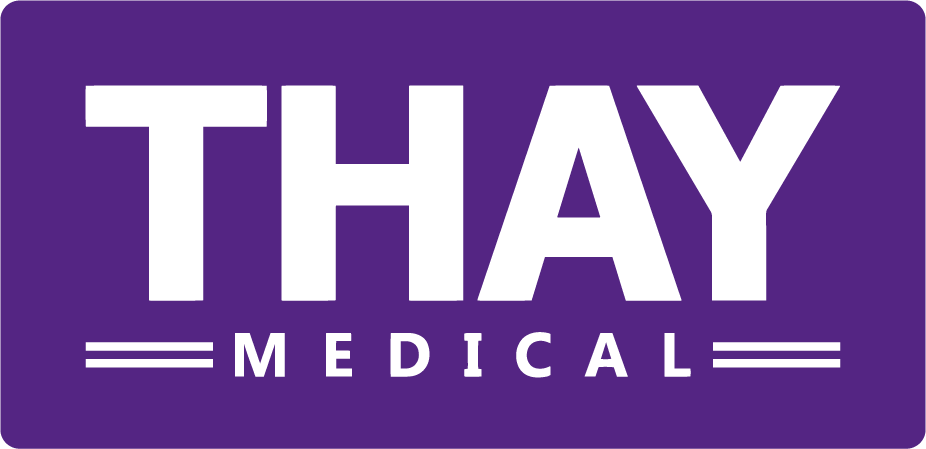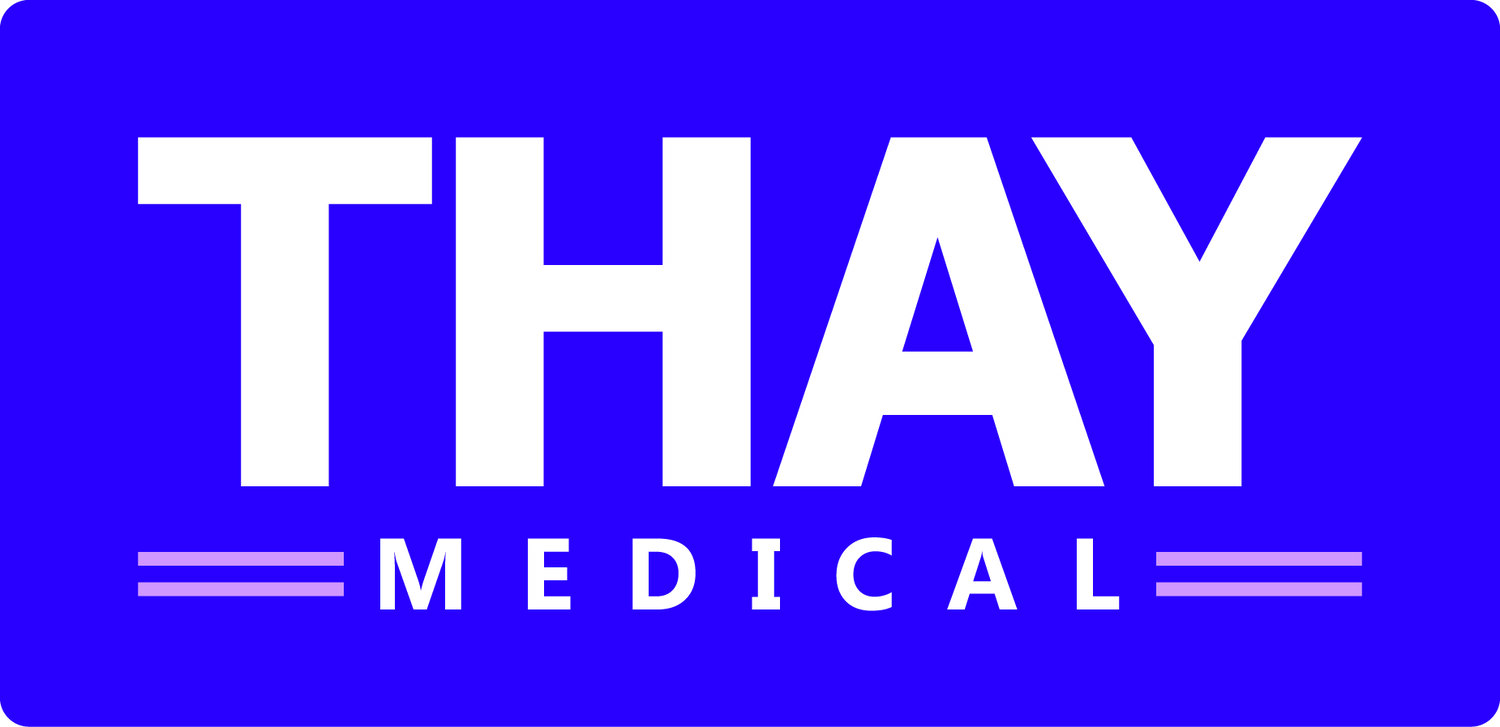Human Factors and UX in Medical Devices: Differences: Part 1
From the viewpoint of medical device development, human factors engineering, usability, and user experience activities are all same. Medical products that meet users’ needs should be launched if they are safe, effective, and straightforward easy to use. However, it is the technical definitions of these terms that differ. Therefore, the terms are often and should be perceived as being markedly different, especially within the medical device world.
Human Factors Engineering
Human Factors Engineering (otherwise known as HFE) in medical device design is outlined as the application of the knowledge base of human behaviour, abilities, limitations and other characteristics of how users use medical devices to the medical device design. This will include all aspects of the design from mechanical, software, systems, tasks user documentation, device training, demonstrating safety and efficiency. This is defined more accurately 2016 FDA Human Factors Engineering guidance [1]. Which provides holistic guidance and definition of HFE in the medical device process.
Simply put; HFE focuses on how the end user (the human) can access a product’s capabilities (factors) safely and effectively.
Usability and Usability Engineering
Usability (known as usability engineering or UE) is the same as HFE. HFE is simply the term the United States uses, while Europe and most other countries refer to it as UE.
Usability engineering is defined as “the application of knowledge about human behaviour, abilities, limitations and other characteristics to the design of medical devices (including software), system and tasks to achieve adequate usability” [2].
Even the 2016 FDA Human Factors Engineering guidance 1 term that, “Human factors engineering, and usability engineering can be considered to be synonymous.”
User Experience
User experience (UX) refers to the end user’s experience with a product. Therefore UX encompasses all aspects of the end-users interaction with the company, its services, and its products, as outlined by the Nielsen Norman Group, the founding fathers of user experience.
According to ISO 9241-210:2019(en) [3], UX includes all users’ emotions, beliefs, preferences, perceptions, physical and psychological responses, behaviours, and accomplishments that occur before, during, and after use. Moreover, UX is made up of many different aspects of a product, including usability and safety as well as value and desirability.
High-quality UX considers additional factors like desirability, brand perception, and total value to both the business and users. It can also extend across a whole product or service eco-system.
In a sense, usability sits under the much broader UX umbrella since — at an absolute minimum — a user requires sufficient usability to accomplish a task.
So why is it important to know these differences?
Here at THAY Medical, we understand these similarities and differences, which has helped us effectively engage and advise to our clients to develop the best medical products. Helping to better improve the quality of our clients’ projects, by finding suitable directions on whether to perform, human factors, usability or user experience testing for their products. As though they may be similar, HFE and UX in medical device design hold their own principles, of which here at THAY medical we uphold through our work. If you would like to learn more how we could help, please reach out to us!
Part 2 will focus on the importance of UX in medical device design.
References:
1. Applying Human Factors and Usability Engineering to Medical Devices – Guidance for Industry and Food and Drug Administration Staff, February 2016.
2. IEC 62366-1:2015 – Medical devices – Application of usability engineering to medical devices.
3. ISO 9241-210:2019(en) Ergonomics of human-system interaction — Part 210: Human-centered design for interactive systems

